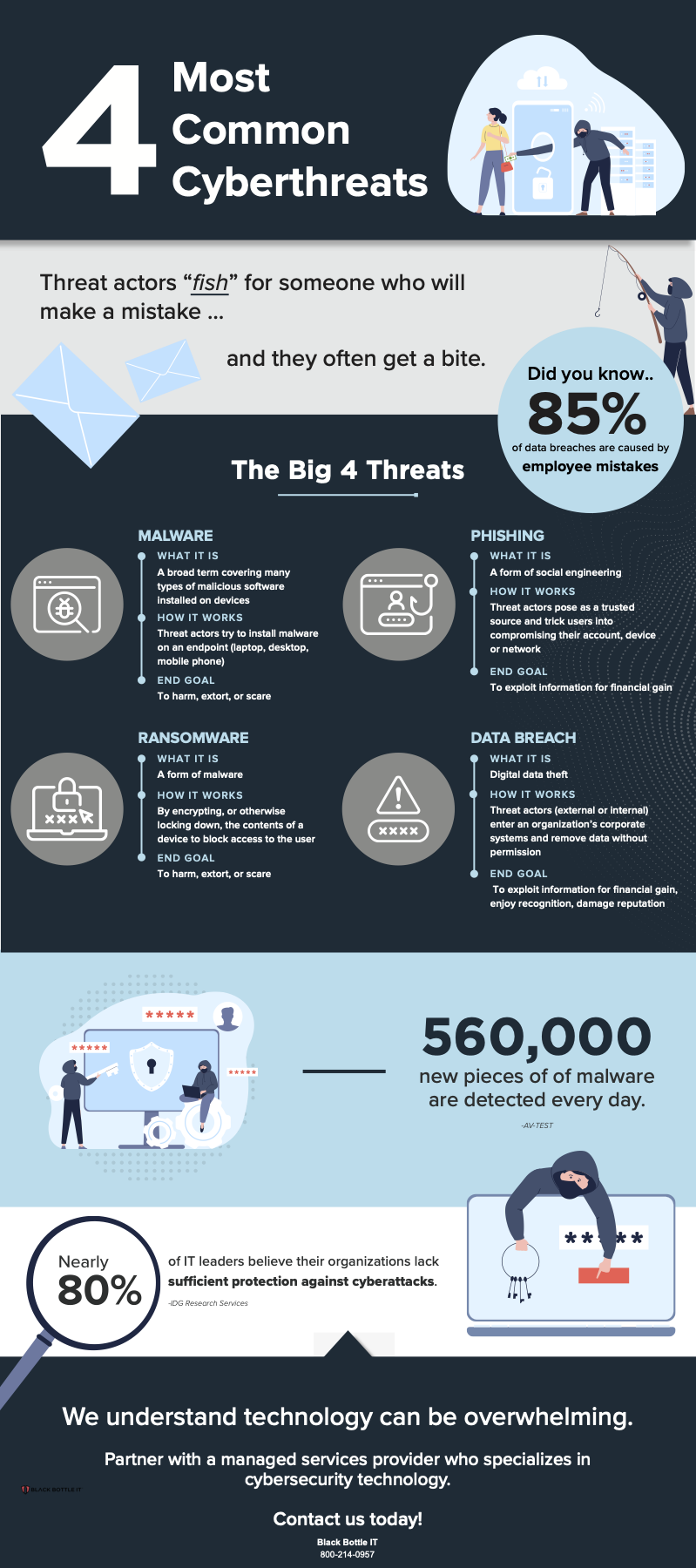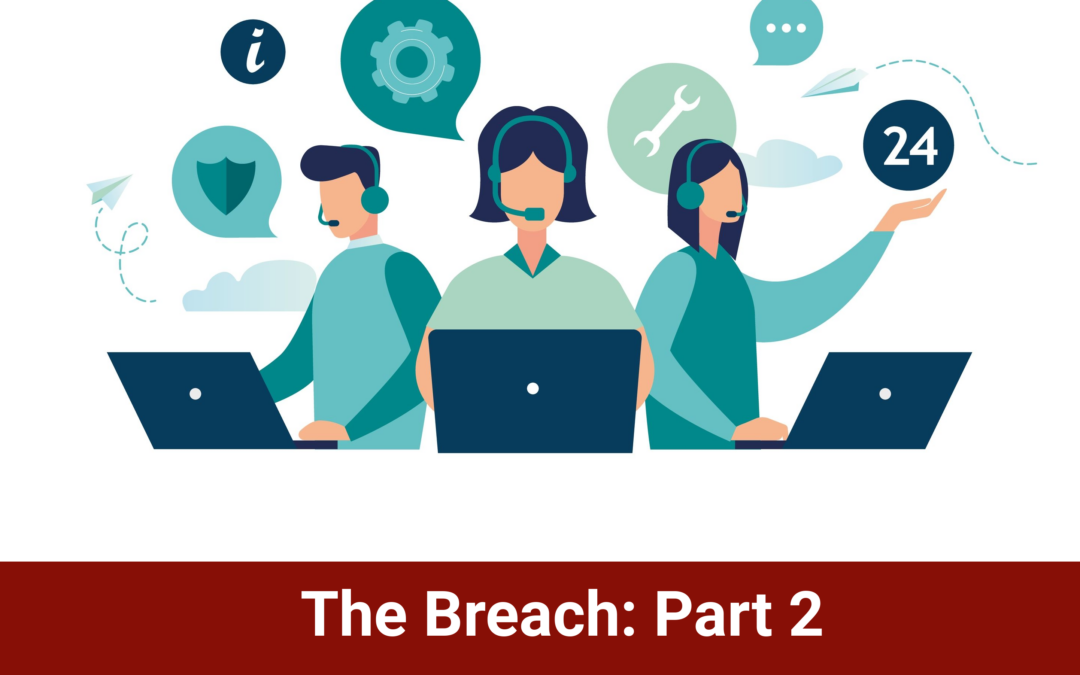
Cybersecurity Awareness Training: Not an Annual Checkbox
Cybersecurity awareness training shouldn’t be treated as an annual checkbox exercise because threats and human behavior don’t work on a yearly schedule.
Here’s why continuous training matters:
Threats evolve constantly
New phishing techniques, scams, and attack vectors emerge throughout the year. That December training session won’t cover the AI-generated deepfake attack method that appears in March or the new business email compromise tactic circulating in July.
People forget
Research shows that retention drops significantly over time. An employee who learned about phishing in January may not recognize a sophisticated attack in November. Regular reinforcement through shorter, more frequent training sessions leads to better retention than one annual marathon.
The attack surface changes
Your organization adopts new tools, employees change roles, remote work patterns shift, and new vulnerabilities emerge. Training needs to adapt to your current reality, not last year’s threat landscape.
Behavioral change requires repetition
Changing security habits (like verifying unexpected requests or using password managers) requires ongoing reinforcement, not a single annual reminder. It’s like going to the gym once a year and expecting to stay fit.
It directly strengthens your cyber posture
Well-trained employees become your first line of defense, catching threats before they escalate. They’re better at identifying suspicious emails, protecting credentials, handling sensitive data properly, and reporting incidents quickly. This human firewall complements your technical security controls and significantly reduces your overall risk profile.
Cyber insurance requires it
Most cyber insurance policies now mandate documented, ongoing security awareness training as a condition of coverage. Insurers have recognized that human error is the leading cause of breaches, so they require proof of regular training during underwriting and policy renewal. A single annual session often doesn’t meet these requirements, and inadequate training could result in denied claims or policy non-renewal.
Metrics and improvement need continuous feedback
Ongoing training with simulated phishing tests and micro-learning modules helps you identify who needs additional support and measure actual improvement in security behaviors over time.
The most effective approach combines brief, regular touchpoints (monthly or quarterly) with timely alerts about emerging threats, rather than cramming everything into one overwhelming end-of-year session that people will largely forget.
Making continuous training practical doesn’t have to be overwhelming. Black Bottle IT offers fully managed cybersecurity awareness training that requires just five minutes a day from your employees. With mobile-friendly training, monthly phishing simulation campaigns managed by dedicated security consultants, and coverage of current cybersecurity topics, your team stays vigilant year-round.
The program fulfills regulatory compliance requirements for NIST, HIPAA, SOC2, and cyber insurance mandates, while providing you with detailed reporting on your organization’s security awareness progress.
Learn more about Black Bottle IT’s Cybersecurity Awareness Training, or contact us to try a free first month for up to 5 employees.




